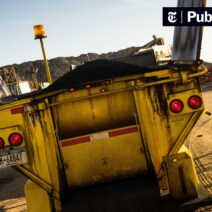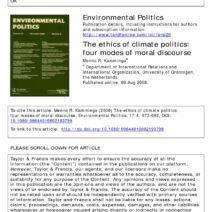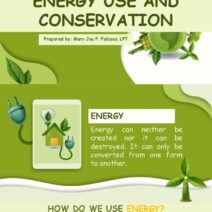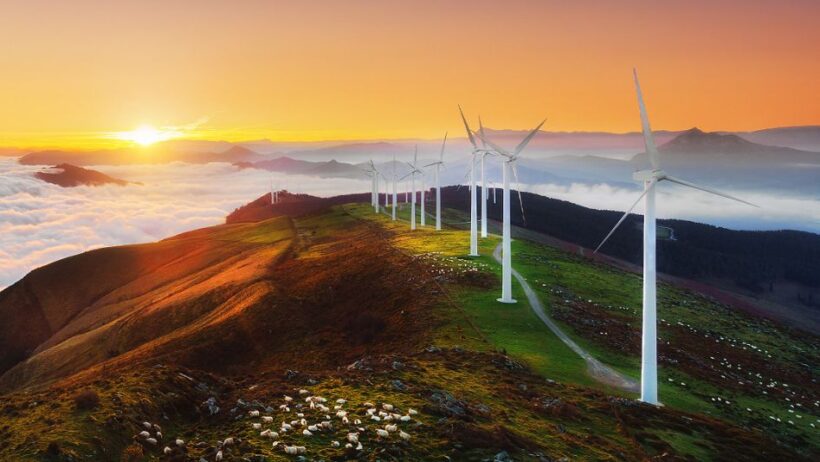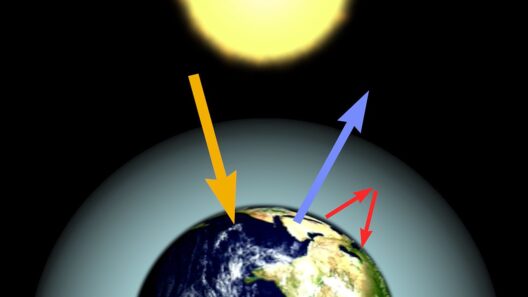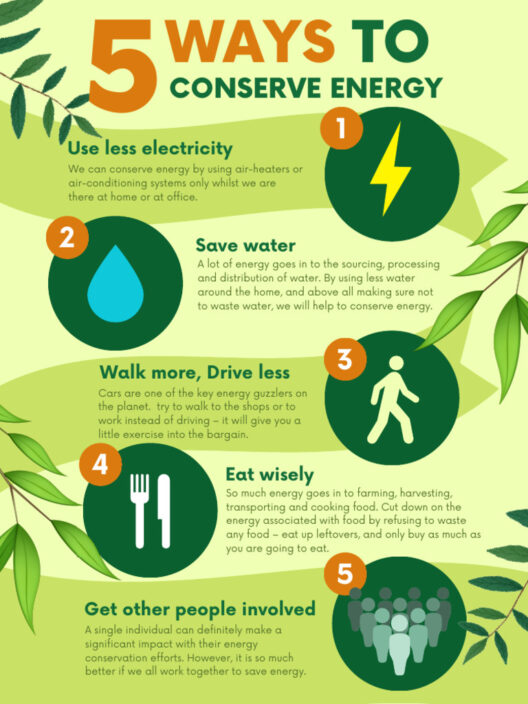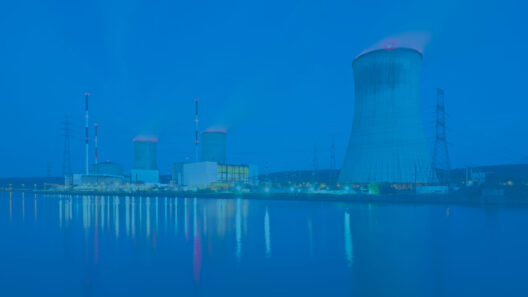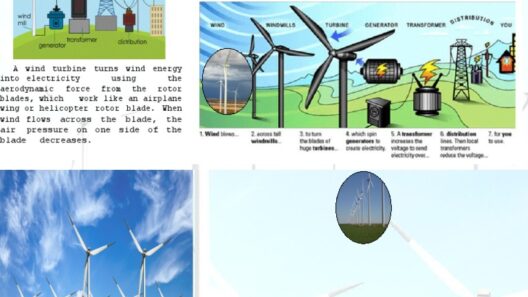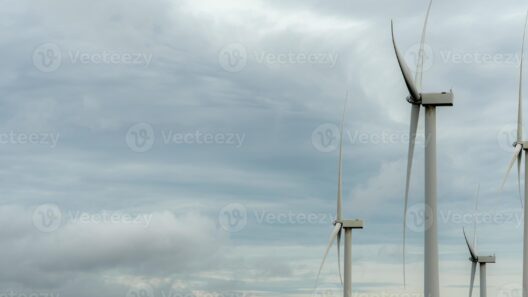Wind energy stands as a luminous beacon of hope in the quest for sustainable energy solutions. With the world increasingly cognizant of the pressing threats posed by climate change and environmental degradation, the importance of harnessing renewable resources cannot be overstated. This article delves into the multifaceted purposes of wind energy, exploring its role in reducing reliance on fossil fuels, its contribution to economic growth, and its pivotal importance in the transition to a sustainable future.
Understanding Wind Energy: A Natural Phenomenon
At its core, wind energy is derived from the kinetic energy produced by the movement of air, shaped by atmospheric conditions. As wind passes over the blades of a turbine, it sets the rotor in motion, converting kinetic energy into mechanical energy and ultimately electricity. This process, while ingenious, underscores a simplicity that belies the technological advancements required to effectively harness wind power on a commercial scale. The transition from conventional energy sources to wind energy epitomizes a necessary shift in energy paradigms.
The wind is an inexhaustible resource, available across vast expanses of land and coastlines. With advancements in technology, modern wind farms, often characterized by their towering turbines that punctuate the skyline, can generate significant amounts of electricity with minimal environmental impact. This renewable energy source embodies the principles of sustainability, as wind does not deplete over time, nor does it emit greenhouse gases during generation. Such attributes fundamentally contribute to the broader goal of mitigating climate change.
The Environmental Impact: A Breath of Fresh Air
As society grapples with the ramifications of reliance on fossil fuels—pollution, habitat destruction, and the specter of global warming—the environmental benefits of wind energy become increasingly paramount. Wind power offers a clean and renewable energy source that emits no harmful pollutants during operation. By integrating wind energy into the global energy mix, nations can drastically reduce carbon footprints, thereby curbing the adverse effects of climate change.
Furthermore, the establishment of wind farms can revitalize local ecosystems through efforts that often accompany their development. Careful planning and execution can ensure that habitats for local wildlife remain undisturbed or even enhanced. This synergy between wind energy production and ecological preservation speaks to a harmonious balance that modern energy solutions must strive to achieve.
The Economic Argument for Wind Energy
The economic implications of wind energy are equally as compelling as its environmental merits. The growth of the wind energy sector has spurred job creation across various domains—from manufacturing and installation to maintenance and research. As renewable energy becomes a cornerstone of energy strategy worldwide, the demand for skilled labor in these sectors is burgeoning. This rise presents opportunities for workforce development, particularly in rural areas where many wind farms are located.
Additionally, investments in wind infrastructure often catalyze local economic growth. The construction and operational phases of wind farms can lead to increased tax revenues, infrastructure improvements, and potential diversification of local economies reliant on traditional industries. As communities tap into this burgeoning sector, the multiplier effect fosters an environment conducive to sustainable economic development.
Grid Stability and Energy Independence
In an era where energy security is paramount, wind energy embodies resilience in the face of fluctuating fossil fuel markets. By diversifying energy portfolios, nations can buffer against price volatility and geopolitical tensions that often accompany oil and gas dependency. Wind energy not only promotes energy independence but also enhances grid stability. Integrating wind energy into existing electrical grids mitigates the risk associated with power shortages, ensuring a more reliable electricity supply.
The technological advancements in energy storage systems amplify this potential. By addressing the intermittency challenges associated with wind energy, storage solutions can retain excess energy produced during peak generation times, delivering power during periods of low wind activity. This capability transforms wind energy from a merely supplementary resource to a foundational pillar of sustainable energy systems.
Community Engagement: Cultivating a Wind-Friendly Environment
Communities play an instrumental role in the successful implementation of wind energy projects. Engaging local stakeholders in the planning and operation phases can foster a sense of ownership and accountability. Through transparent communication and collaboration, concerns about land use, wildlife impact, and aesthetic disruptions can be addressed, paving the way for community-supported initiatives.
Moreover, community-owned wind projects have emerged, allowing local populations to reap the economic benefits directly. This participatory approach invariably enhances public acceptance and lays the groundwork for future renewable endeavors.
Challenges and Opportunities for Wind Energy
Despite the profound benefits, the proliferation of wind energy is not without its challenges. Factors such as regulatory hurdles, initial capital costs, and varying public perceptions often shape the landscape of wind power development. Innovations in turbine technology and strategic governmental policies can catalyze the expansion of wind energy, overcoming these barriers while promoting better integration into energy systems.
Future Directions: Toward a Sustainable Energy Horizon
As the global community marches toward achieving sustainable development goals, the role of wind energy as a cornerstone of this pursuit cannot be understated. Investments in research and development, coupled with policy frameworks that promote renewable energy adoption, will be pivotal in ushering in an era defined by sustainable practices.
Wind energy not only represents an ecological necessity but also an opportunity for innovation, growth, and community engagement. As we advance, further exploration of offshore wind projects and urban wind energy applications will likely augment the already substantial contributions of this renewable resource.
In conclusion, the importance of wind energy transcends mere electricity generation; it encapsulates a vision for a sustainable future where environmental integrity, economic vitality, and energy independence coalesce. Embracing this timeless resource may indeed pave the way for generations to come.
